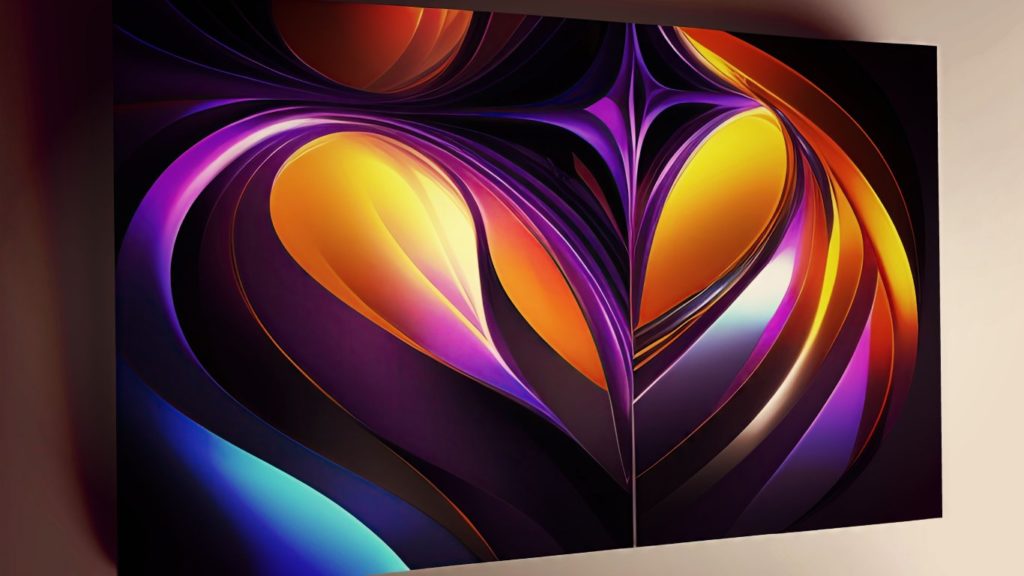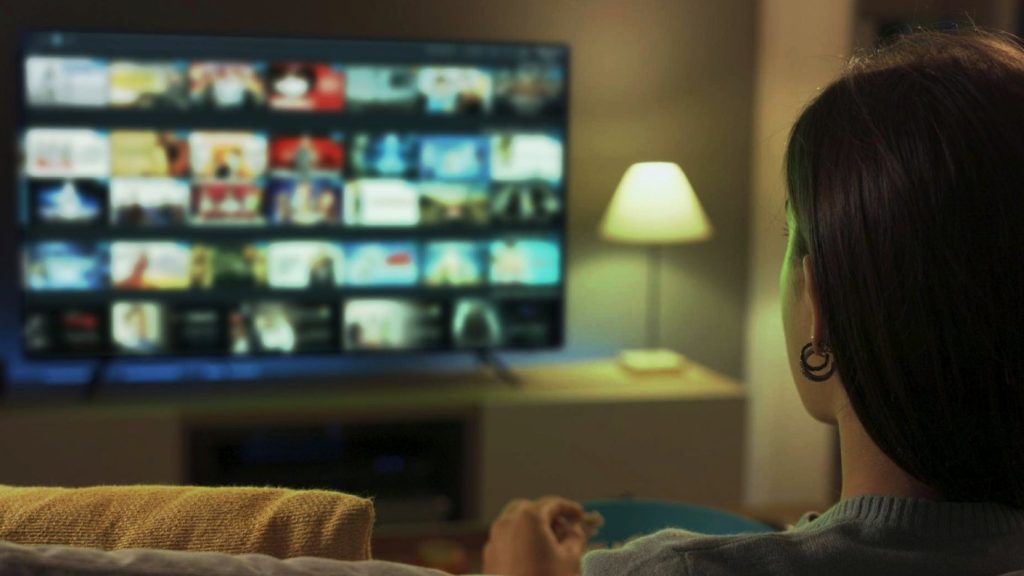
‘What we want, when we want, how we want’ is the new definition of watching television these days. There were times when people had the only option to watch a television show when it was on the air. Rerun was the second chance to watch the show. People used to work around TV schedules and kept waiting to watch a program. But now the scene has changed. People can watch a show when it is convenient for them. They use DVR for watching later or when it is available online on streaming services
Instead of channel surfing, they can pick what they exactly want to watch. It is because we get more options and, the picture quality is far better than what we had. Besides basic programming and game integration, technology has added a lot more to it, still holding the viewers even after many decades. In short, innovations have caused cultural shifts.
Quick Answer: How Technology Transformed Television?
Technology has transformed television by shifting from traditional broadcast to digital formats. It has brought about on-demand streaming services, smart TVs, interactive content, and enhanced picture and sound quality, fundamentally changing how we consume and engage with television.
Highlights
- TV has changed a lot, from scheduled broadcasts to on-demand streaming and interactive content.
- HDTV and 4K TVs have given us sharper and more vibrant visuals.
- OLED TVs offer even better picture quality with deeper blacks and brighter colors.
- Internet TV means you can watch shows and movies faster and without HDMI cables.
- OTT and streaming services like Netflix and Amazon Prime offer tons of content.
- Binge-watching lets you watch entire series whenever you want.
- Social TV and second screens let us chat and engage on social media while watching.
- Technology will keep transforming TV, and we can’t wait to see what’s next!
Let us discuss some key factors that have changed the television terrain.
High Definition Television (HDTV)

Breathing in analog technology, original black and white television evolved to color television in the late 1960s. Then shifting to digital technology, there was a leap in picture quality due to an increase in the resolution power from 480 × 640 pixels (in standard definition television) to 1280 ×720 pixels (in high definition television).
However, a new name for quantitative advancement for better picture quality than HDTV, is Ultra HD (UHD). Its display format with a horizontal resolution is approximately 4,000 pixels. It is four times as many pixels with a 3840×2160 set up, hence named 4K television. Evolution has not stopped yet, technology is moving ahead for more resolution.
Organic Light-Emitting Diode (OLED) TV

As CNET explains, ‘each tiny OLED pixel in the screen creates light depending on how much electric current you send it’.
That gives the ultimate level of contrast, creating excellent picture quality. For this, an incredibly light and thin screen flexible enough to curve is essential. The technical detail being –
The curved screen has a curved trajectory similar to a person’s Horopter line allowing the maintenance of contrast focus.
In other words, when we view a flat-screen, what’s in the center is closer than what’s on the outer edges, thereby creating color distortion and supple images. That again depends on the size of the screen and the distance between the viewer and television.
Therefore, curving the screen removes distortion and provides consistency of distance, making it appear larger and brighter. After 2015, it made a comeback when LG’s bendable OLED screen was announced in January 2021.
Internet TV

Technology has created a faster way to view your favorite shows and movies by using internet television – a television that doesn’t use HDMI cables. Apple TV and Google TV have effectively given television internet access and computer capabilities to stream videos and online access to content.
Sometimes, it is also called Internet Protocol TV as the streaming content is on air via a privately- managed network. You can watch internet TV on a traditional screen by adding a set-top box. The content for internet TV is live on air or on-demand. It is stored on their screen by the internet TV providers, so they remain accessible. Whenever the viewers need it, they can log in to the site or access it through the provider’s app.
Over the Top Technology OTT and streaming services
The impact of technology on television has given one of the most exciting prospects, called OTT or Over-the-Top- Technology. It is a direct link between the broadcaster and the consumer where the video is sent directly to the user without a conventional intermediary.
Netflix remains one of the biggest names in OTT, with over 195 million paid subscribers around the globe. Some individuals, like YouTube sensations, have gained a large fan following by posting videos. YouTube is one of today’s video creation-defining TV. It has become a profitable channel for stars because they get to benefit from their loyal followers. Joining the stream are several others like Amazon Prime and YouTube premium streaming services.
Another option to watch an entire series anytime and on any device like a computer or tablet, instead of waiting for a whole week to watch it on television, is called Binge-Watching
Social TV and second screen
A second screen involves a computing device (commonly a mobile device) to provide an enhanced viewing experience of content on another device, such as television. It supports social TV and generates an online conversation around the specific content.
Television was never an interactive medium until social media came into existence. It has given the fans a voice to connect and discuss the show in real-time. So while the pen is mightier than the sword, the Digital Pen is far more fast and effective.
As a result, interest in a program increases because people are likely to be more interested in shows recommended by family and friends on social media. Streaming services also try to take advantage by allowing access to your social media accounts. Sports and news shows have focused on the ability to integrate social media into the program and advertising.
They allow viewers to participate in the shows, and discussions help reinforce their followership and save a show that has been canceled.
Key technological advancements and their impact on television
| Technology | Description | Impact on Television |
|---|---|---|
| High Definition Television (HDTV) | Increased resolution, better picture quality | Sharper and more vibrant visuals, improved viewing experience. |
| Organic Light-Emitting Diode (OLED) TV | OLED technology for superior contrast | Enhanced picture quality with deeper blacks and brighter colors |
| Internet TV | Streaming via the internet, no HDMI cables | Faster access to shows and movies, on-demand viewing |
| Over the Top Technology (OTT) and streaming services | Direct video delivery to consumers | Wide range of content options, including original series and films |
| Binge-Watching | Can watch entire series at once | Changed viewing habits, more control over content |
| Social TV and Second Screen | Integrating social media with TV | Better viewer engagement, real-time discussions |
| Interactive Content | Enhanced viewer participation and engagement | More immersive and personalized TV experiences |
The Future of TV With Technology
Like most, the Television industry has also been impacted by the inclusion of technology. The appearance of OTT platforms has shifted a lot of viewers from TV to mobile and laptop screens. Small gadgets and fast internet connections allow users to watch their favorite movies and web series from anywhere and anytime they want.
But after looking at the bigger picture, the loss of viewers seems like a sacrifice the TV industry has made for more improvements. As much as technology has taken from the TV industry, it also offers something new to TV users.
Virtual Reality and Artificial Intelligence
When we talk about the future, we cannot end the discussion without talking about Virtual Reality (VR) and Artificial Intelligence (AI). When these two technologies are integrated into your TV, it will change your viewing experience forever. Virtual Reality creates a fully immersive experience for the viewers and takes them to a different world.
When combined with TV, it can similarly enhance the viewing experience of a TV audience by providing a more immersive experience. For example, you can have the experience of being in the stadium while watching a sporting event on TV by using a VR headset.
Similarly, Artificial Intelligence can enhance the viewing experience with the help of its algorithm. It can take a more personalized approach and recommend shows and movies to the viewers according to their watch history. It will be something similar to how various OTT platforms recommend content titles based on the viewer’s watch history.
8K Resolution
One thing we cannot take away from Television is the beautiful and bigger screen. And for the same reason, we have seen a rapid increase in the resolution and size of TV screens. A decade ago, it was 720p, and now 4K is the new norm. Surprisingly not, the next big step is the 8K resolution, which will be four times better than the screens with 4K resolution. It will show the viewers much sharper images and vivid colors, enhancing the experience.
5G Technology
5G is still not available in all parts of the world, but more and more users are gaining its access every day. This fifth generation of cellular technology offers faster downloading and uploading speeds than the previous generation. When integrated with television, it can provide a seamless streaming experience of different movies and TV shows.
One of the main things that is keeping the television industry alive is the bigger and better screens. Viewers usually like to catch up to their favorite entertainment shows on bigger screens, something that laptops and mobile phones cannot match. If the televisions completely get integrated with modern technology, do not think their end is near. It is all about catering to the modern minds of viewers.
Conclusion
Technological advancement will continue transforming television. The innovation has caused a dramatic shift in our lives depending on how we have consumed the media. In the coming time, how technology will affect media is a question of assumption. But it will be interesting to view how emerging new trends in technology change television to hold the viewers more strongly.